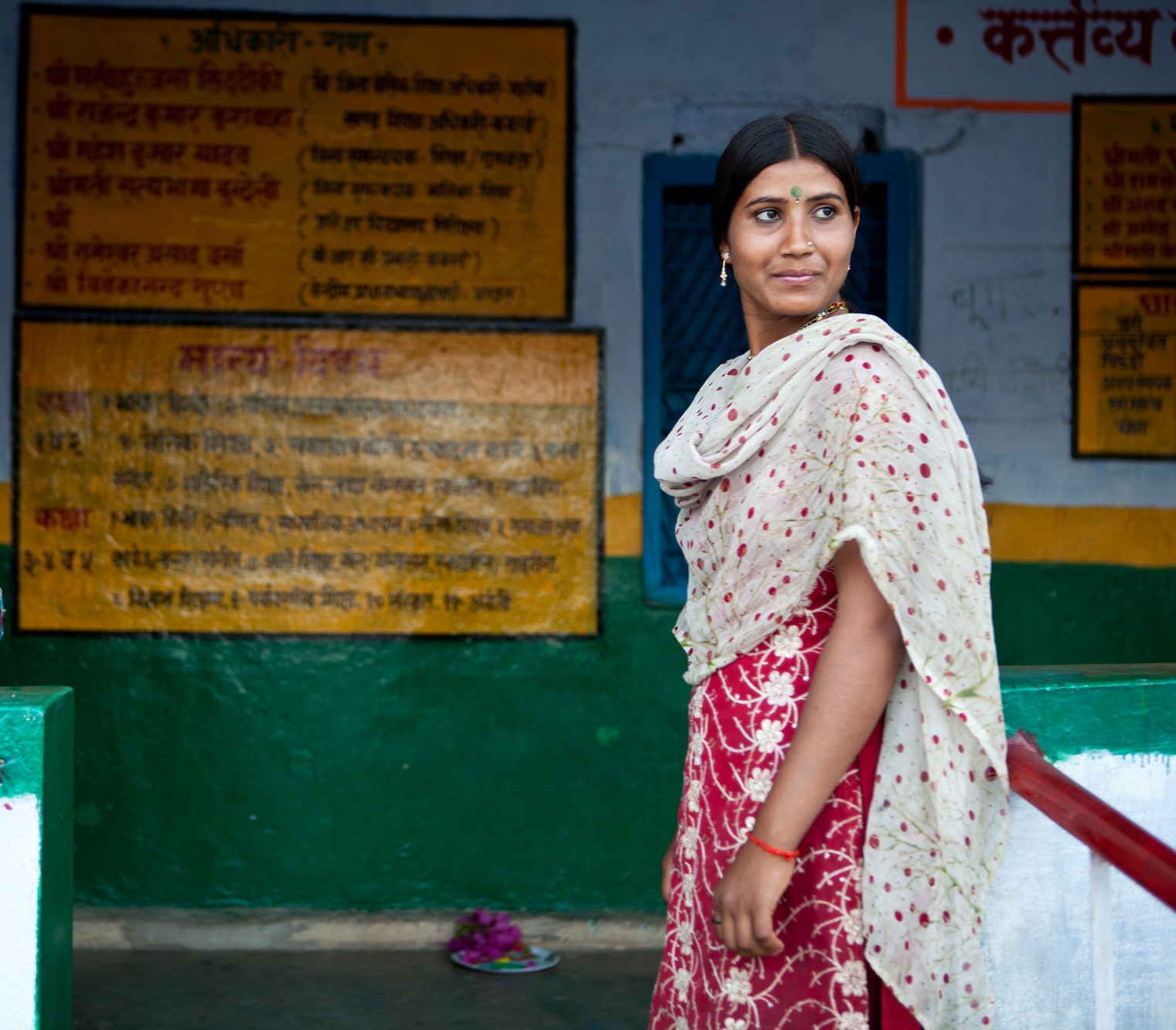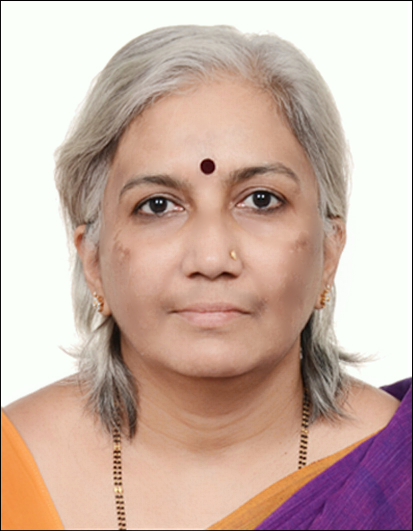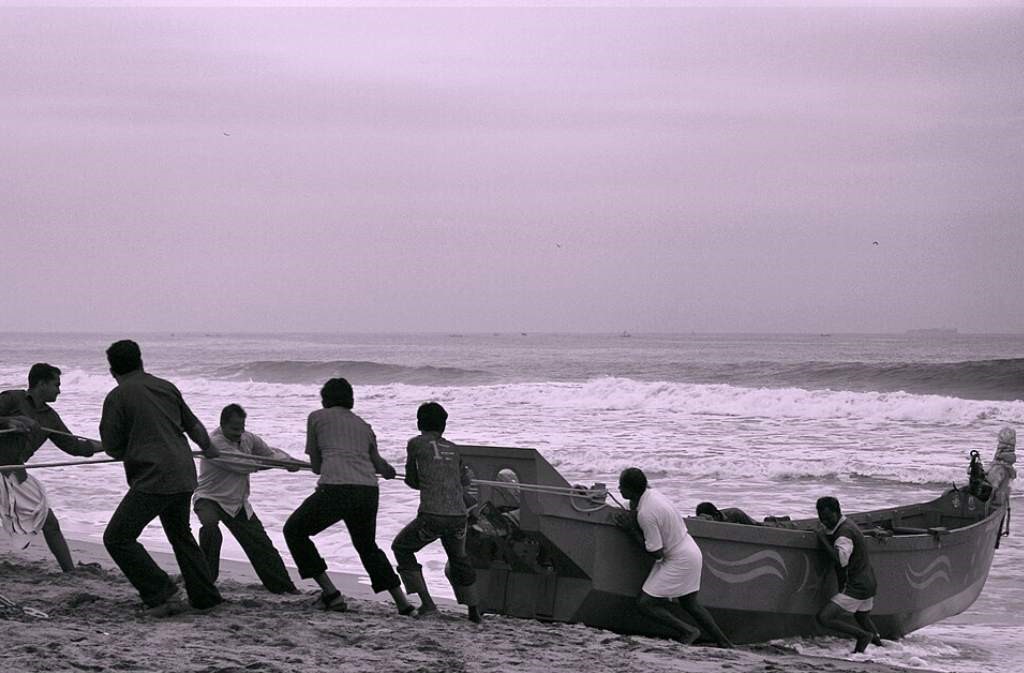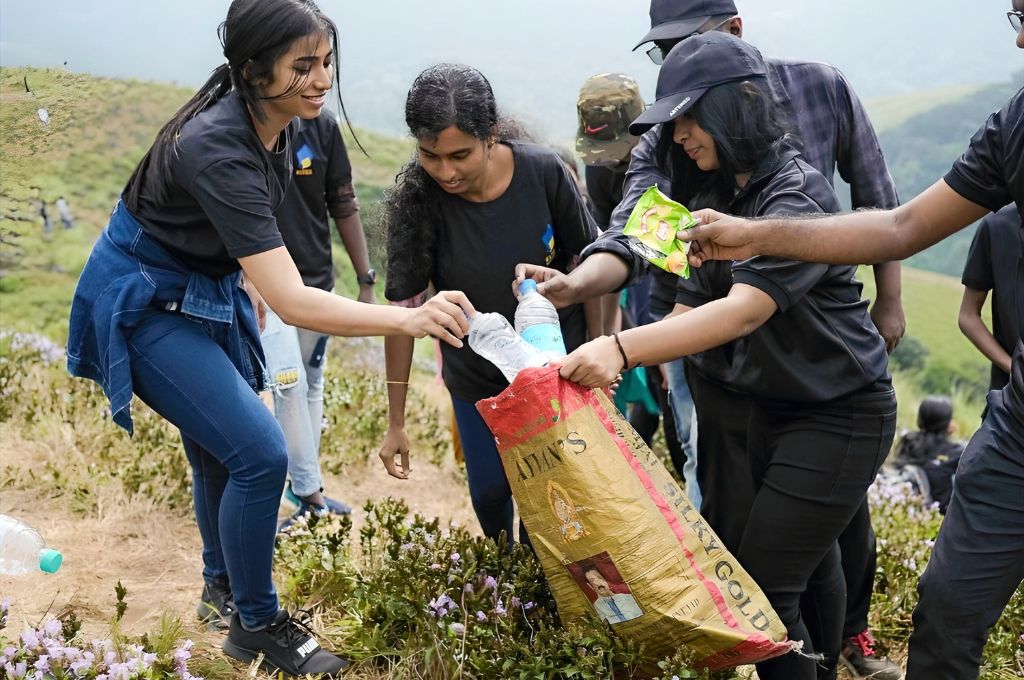Working as a field worker on the ground requires an understanding of the local context, the ability to see and observe, collect and analyse data, sense feedback, and respond appropriately.
Development professionals working in complex social contexts need to be empowered to adapt interventions meaningfully and meet the needs of the people they serve. They also need to be able to align their own purpose to the organisation’s vision of social change and impact.
The field worker is one such actor within the organisation whose leadership is critical for sustainable change on the ground. Their sense of purpose, their understanding of ground realities, and the actions they take, are critical to the change that happens on the ground.
The gap between ‘management’ and field workers
Field workers have their own vision and imagination of what their society should look like. This imagination is anchored in their values; and these ideas, even if tacit, inform their actions. When an intervention design is handed to them, they interpret it from their own world view, implement it in the context they are surrounded by, and calibrate their actions based on their sensing of the response on the ground.
Raju* is a good example of this. He worked on a Cluster Transformation Project for schools in a district in Karnataka. His role was to support cluster resource persons and head teachers to create communities of learning.
Field workers constantly engage with the situation on the ground. And yet we seldom ask ourselves, “What is their vision of change?
He was extremely good at building relationships and had inspired teachers to meet regularly to share their experiences of teaching-learning methods in their schools. When I visited a cluster level meeting, teachers were talking about how well their students had learnt to memorise lessons from their textbook. Raju was quite proud of this too.
For Raju, great learning meant being able to memorise and recite. This was in consonance with the belief system of most of the teachers too. They had collectively built a shared vision of great learning and were working together to achieve this for all children.
On the other hand, the change that the education system, and we–a team that was working on education leadership development–were trying to bring about was towards meaning-making for all children based on a certain philosophy of education. Raju had his own understanding of what learning was and what students should be able to do.
Field workers constantly engage with the situation on the ground. And yet we seldom ask ourselves, “What is their vision of change? What values inform their work? What agency do they exercise? What processes do they use? What relationships do they build? What kind of leadership do they embody? What capabilities do they need to build to do better?”

Field workers have their own vision and imagination of what their society should look like | Picture courtesy: Charlotte Anderson
Unlocking the potential of the field worker
If the field worker is the change maker on the ground, what does this mean for nonprofits and their management practices? How can they create environments that enable risk-taking, provide opportunities for capacity enhancement, and spaces for reflection and learning? How can we unlock the full potential of the field worker?
Development management practice requires the design and implementation, of structures and processes that nurture leaders across the organisation. The development leader needs to be equipped with the requisite knowledge, and access to expertise, while also being able to contribute to knowledge creation within the organisation. This is critical if leaders are to bring about sustainable social change, and more so for the field worker who performs leadership roles in the field.
And yet, we disempower the field worker–imposing impossible targets, and engineering every move they make, rather than supporting them to build capacities to organically respond to the situation at hand.
Related article: Why is there a collective silence around capacity building?
A model of working which gives the field worker a manual to follow, and tells them how to use it, ‘uses’ the field worker as a technician. This approach seems to come from the manufacturing sector where the factory worker does not need to understand much more than the specific task assigned to them. The task is to be performed mechanically in a factory line; a system that is usually standardised with little room for variability.
A field worker moulding social transformation at the grassroots, is also seen as a minor technician 1 who must apply a set of tools as per the instructions given. How is this possible, given the complex change processes that the field worker is engaged in?
Take for instance, Seema*, a field worker who implements a grassroots nutrition project in rural Chhattisgarh. She has just come out of a meeting with her project manager who wanted to take stock of her work and its outcomes. It wasn’t a good meeting for Seema. She could not understand how, despite following the activities outlined, and keeping to the timelines and targets, her work did not meet the expected outcomes. However, she had no idea of the outcomes expected of her, to begin with. Her approach and activities would have been different, had she known the direction the organisation was pursuing.
Most nonprofits bring about change through their field workers.They implement programme activities that have been designed elsewhere, by people who are far removed from the context.
Seema didn’t know why she was doing what she was doing. She did know however that some of the things that she was asked to do were just not relevant in her context; she understood the dynamics of the community where the intervention was being implemented; she knew that the targets that had been set were unrealistic. She also knew that the route being taken would not work if the local baba did not bless it.
And yet, she did not know who to talk to about this; the supervision and monitoring system did not provide space to fail, so she worked to meet the targets irrespective of whether it made sense or not.
Most nonprofits bring about change through their field workers–people like Raju and Seema. They implement programme activities that have been designed elsewhere, by people who are far removed from the context. In most cases, the field worker is not involved in the design, does not understand the logic of the programme, or the theory of change that informs the programme design.
This is a deep paradox. Field workers bear the dual burden of balancing their organisation’s vision alongside the expectations of the communities they work with, while also having their own aspirations.
Related article: Waking up to the talent you already have
What can organisations do differently?
Here’s what you can do:
- Recognise and respect that field workers are development leaders working to bring about change on the ground. Understand what motivates them and develop their leadership. You could do this by giving them responsibility for mentorship, opportunities to lead communities of learning and practice, or by giving them seed money to conduct experiments in the field.
- Create parity in salaries so that the range between the CEO and the field worker is not enormous. Better pay and working conditions for field workers will demonstrate that you are willing to walk the talk.
- Create processes by which field workers participate in the design of a programme. Listen to what they have to say. These are also opportunities to build collective capacities, both for field workers and the management team.
- Create opportunities for implementers to be involved in data collection and interpretation for monitoring and evaluation purposes. (Often field workers are used only for data collection.) This creates the opportunity for a deep understanding of what worked and what did not, and why; in a non-threatening, learning manner.
- Anchor their development and your management systems around trust, autonomy and capability building. This builds the ground for sustainable change at scale.
Ensuring that every Seema’s capacity and agency is strengthened to enable context-specific responses–that are a must for lasting and equitable development–is an imperative for social purpose organisations. This is possible only when the design of organisation systems and processes are anchored in values of dignity and respect for everyone in the organisation and provide the spaces for learning and adaptation on the ground. The vocabulary needs to change from field worker to field leader in letter and spirit.
*The names of these individuals have been changed.
- Scheffler, Israel (1973): Reason and Teaching




